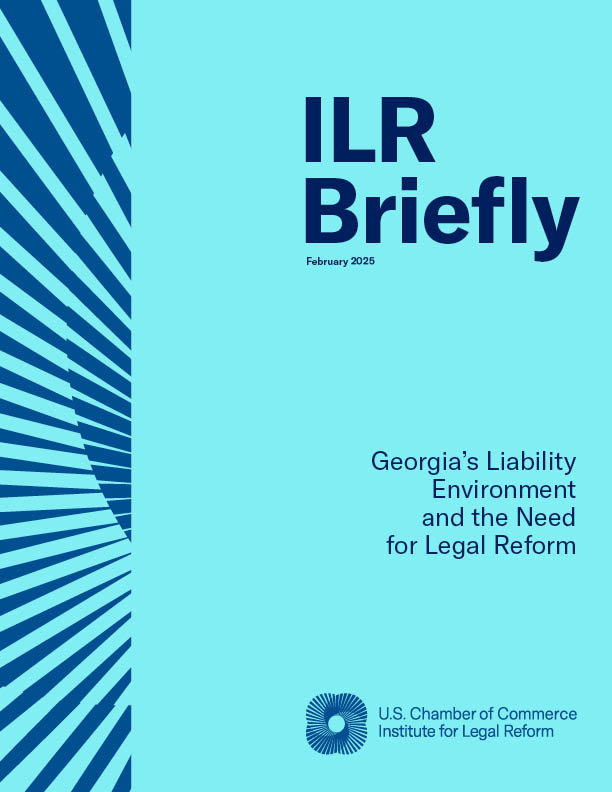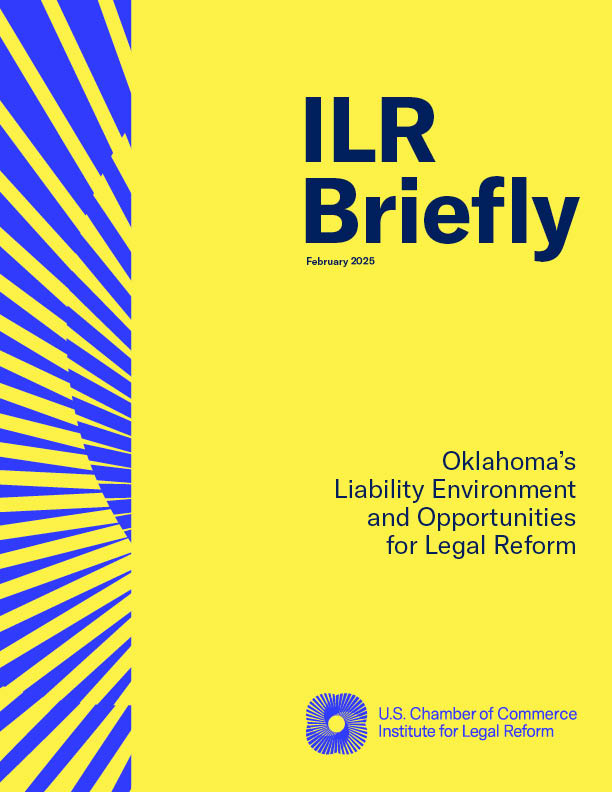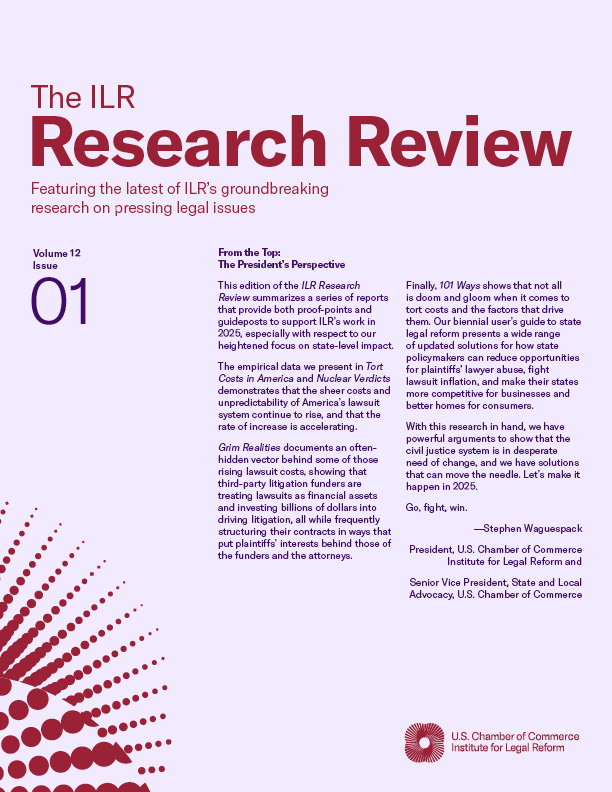Litigation funding in Australia is a contractual arrangement whereby a third party (usually a corporate entity and not a legal practitioner) provides financing and some level of management of the dispute, and in return, if the case succeeds, receives a percentage of the proceeds.1 Litigation funding has been argued to be an important and legitimate development that provides access to justice, allows for the spreading of the risk of complex litigation and can improve the efficiency of litigation by bringing commercial considerations to bear.2Equally there have been concerns that litigation funding results in the Court’s processes being misused for commercial gain.3
Since the High Court gave its ruling in Campbells Cash and Carry Pty Limited v. Fostif Pty Ltd. (2006) 229 CLR 386, the Australian litigation funding industry has enjoyed significant growth. However, the operation and proper constraints on litigation funding remain a live issue Of particular concern for this paper is the impact of litigation funding arrangements on lawyers4 and their duties to their clients.5 The litigation funding arrangements create a tripartite arrangement between the funder, lawyer and the funded entity which may give rise to conflicts of interest for the lawyer. This paper explains the operation of litigation funding in Australia and the lawyer’s duties to their client under Australian law as background to the above issue. The paper then explores the case law on litigation funding and lawyers’ conflicts of interest by looking at Campbells Cash and Carry Pty Limited v. Fostif Pty Ltd. (2006) 229 CLR 386 and key cases before and after this seminal decision. The paper also describes three litigation funding agreements from different litigation funders so as to shed light on how conflicts of interest are addressed contractually. The paper then concludes by seeking to identify specific conflicts of interest that litigation funding arrangements may create and how, if at all, they might be addressed.
The issue takes on heightened importance because at present it has been suggested that the lawyer for the plaintiff, or the applicant and group members in a class action, will act as a form of protection against a litigation funder’s conduct creating an abuse of process or acting to the detriment of the actual litigant because of the duties arising from the solicitor-client relationship.6 However, lawyers may find themselves in positions of conflict because of their much more lucrative and ongoing relationship with the funder.
1 See eg Keelhall Pty Ltd. t/as “Foodtown Dalmeny” v. IGA Distribution Pty Ltd. (2003) 54 ATR 75 at [3], In the matter of ACN 076 673 875 Ltd. [2002] NSWSC 578 at [9], QPSX Ltd. v. Ericsson Australia Pty Ltd. (No. 3) (2005) 219 ALR 1 at [39]-[48] and P Dawson Nominees Pty Ltd. v. Multiplex Ltd. (2007) 242 ALR 11 at [31]-[33].
2 QPSX Ltd. v. Ericsson Australia Pty Ltd. (No. 3) (2005) 219 ALR 1 at [54], Fostif Pty Ltd. v. Campbells Cash & Carry Pty Ltd. (2005) 63 NSWLR 203 at 226 and Spatialinfo Pty Ltd. v. Telstra Corp Ltd. [2005] FCA 455 at [23].
3 Clairs Keeley (a firm) v. Treacy (2004) 29 WAR 479 at [125] and Hall v. Poolman (2007) 215 FLR 243 at [378] (“The facts of this case … [show] how a mammoth piece of litigation can be instigated, perhaps to the ruin of a defendant, with negligible “access to justice” for those who have suffered a wrong but with lucrative reward for those who make a business of investing in law suits”).
4 In Australia the legal profession is divided into two main groups: (1) lawyers who practise exclusively as barristers and (2) lawyers who practise as solicitors or as both barristers and solicitors. See Halsbury’s Laws of Australia (LexisNexis Online) at [250-10]. The main focus of this paper is solicitors as they enter into the retainer with the client for the conduction of litigation. The barrister usually performs the advocacy or court work related to the litigation.
5 A related concern is the regulation of litigation funders and how the funder deals with conflicts of interest that may arise between its own interests and the interests of those it is funding. See Michael Legg, “Entrepreneurs and Figureheads – Addressing Multiple Class Actions and Conflicts of Interest” (2009) 32 (3) UNSW Law Journal 909 at 925-927.
6 See Clairs Keeley (a firm) v. Treacy (2004) 29 WAR 479 at [75], Fostif Pty Ltd. v. Campbells Cash & Carry Pty Ltd.(2005) 63 NSWLR 203 at [137], Campbells Cash and Carry Pty Limited v. Fostif Pty Ltd. (2006) 229 CLR 386 at [87] and Brookfield Multiplex Limited v. International Litigation Funding Partners Pte Ltd. (No 3) (2009) 71 ACSR 588 at [47]. See also Law Council of Australia, Submission to Standing Committee of Attorneys-General – Litigation Funding, 14 September 2006 p 19.
View PDF


